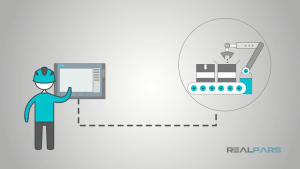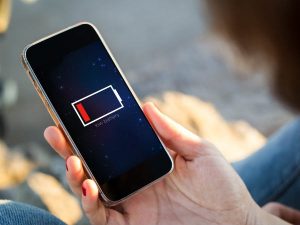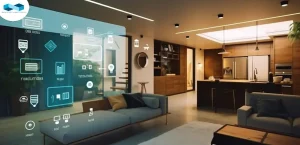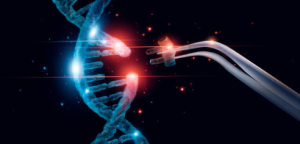Smart Homes and Smart Cities
Our way of life will be completely transformed by the Internet of Things (IoT), particularly in smart cities and households. IoT makes gadgets smarter and more efficient by allowing them to communicate with one another through the internet. IoT will soon have the following effects on smart cities and homes:
Smart HomesVoice-controlled Assistants: With voice commands or smartphone apps, gadgets such as smart speakers (like Google Home and Amazon Alexa) will be able to manage lighting, appliances, thermostats, and security systems.
Smart Appliances: Air conditioners, ovens, washing machines, and refrigerators will all automatically adjust to your preferences. For instance, a refrigerator may alert you when your supply of groceries is running low.
Energy Efficiency:
Smart Thermostats:By understanding the homeowner’s routine, devices such as Nest will optimize heating and cooling while minimizing energy waste. When people are sleeping or not around, they will automatically change the temperature.
Smart Lighting: IoT-enabled lights can save electricity and lessen carbon emissions by dimming or turning off in response to motion sensors or the time of day.
Security and Safety: Motion sensors and smart cameras may notify homeowners of any strange behavior, and certain systems can even recognize faces or objects.
Even while you’re not home, Internet of Things-enabled smoke detectors can send you a text message if there’s a fire or gas leak.
Health Monitoring: To create a more complete health data environment, gadgets like smartwatches will monitor health parameters like heart rate and sleep patterns and connect with home health systems.
Urban Planning and Efficiency : By utilizing sensors placed on roadways that offer real-time traffic data, IoT can assist in streamlining traffic. Travel times will be shortened, traffic will be less congested, and fuel consumption will be reduced. By using Internet of Things (IoT) sensors in trash cans to alert the city when they are full, waste can be collected more effectively and the environmental impact of overflowing rubbish is lessened.
Smart Lighting: By adjusting brightness in response to traffic and pedestrian activities, streetlights connected to the Internet of Things can save energy and increase safety.Smart Homes and Smart Cities
Better management of natural resources can result from IoT’s ability to track energy and water consumption in real time.
“Smart Home” is over time simply becoming a “home”. Newer buildings will frequently incorporate smart lighting solutions for example, not only for the features they offer, but equally because they are cheaper to install, eliminating the need for complex switching circuits (especially when coupled with low voltage LED lamps).
- Smart lighting home solutions
- Parking occupancy solutions
- Vehicle tracking systems
- Waste receptacle full monitoring solutions
- Large building monitoring and control systems “By seamlessly integrating technology into our daily lives, smart homes and smart cities are not just shaping the future—they’re creating a more sustainable, connected, and efficient world for generations to come.”
Share this content:












